GALAPAGOS 2050: New Infrastructure for Human + Non-Human Interface
Site: Galapagos Islands, Ecuador
Instructor: Julia Czerniak, Nina-Marie Lister, Ted Brown, Jamie Lopez.
Sea Lion Project Team:
Mingrui Xie, Noah Sherman
Giant Tortoise Project Team:
Mingrui Xie
May, 2023
design probes from a two-week design field trip
Site: Galapagos Islands, Ecuador
Instructor: Julia Czerniak, Nina-Marie Lister, Ted Brown, Jamie Lopez.
Sea Lion Project Team:
Mingrui Xie, Noah Sherman
Giant Tortoise Project Team:
Mingrui Xie
May, 2023
design probes from a two-week design field trip
In May 2023, a cohort of 15 students ranging from sophomores to seniors embarked on a transformative field trip to the Galapagos Islands. Titled “Designing for Biodiversity,” the trip addressed the urgent need to reconcile the rapidly urbanizing landscapes of the Galapagos Islands with the conservation of their threatened wildlife habitats. Over the past two decades, the human population of the Galapagos has more than doubled, growing from approximately 15,000 in 2000 to over 30,000 in 2022. Tourism, which attracts over 275,000 visitors annually, has fueled this expansion, contributing to significant urban sprawl and habitat fragmentation. This rapid growth has intensified conflicts between human settlements and biodiversity, putting immense pressure on the delicate ecosystems. The fieldwork focused on the intersections between urban Galapagos and the National Park, resulting in two design probes conducted on the islands of San Cristóbal and Santa Cruz. These one-week projects yielded conceptual solutions, expressed through rough sketches, that prioritize both human and non-human clients.

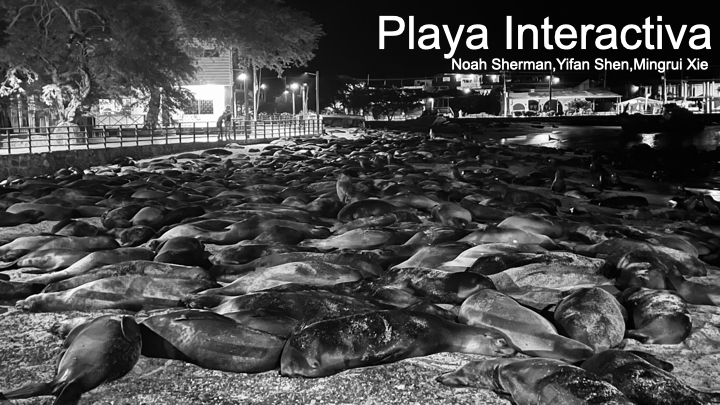


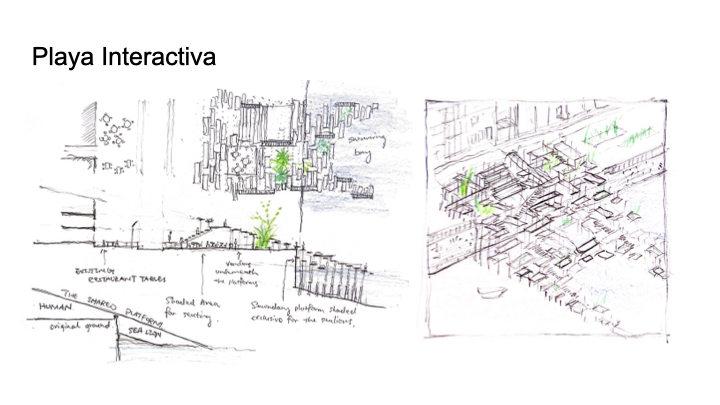


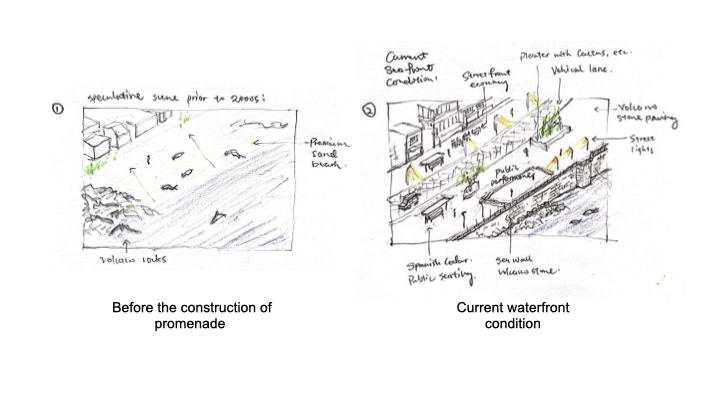



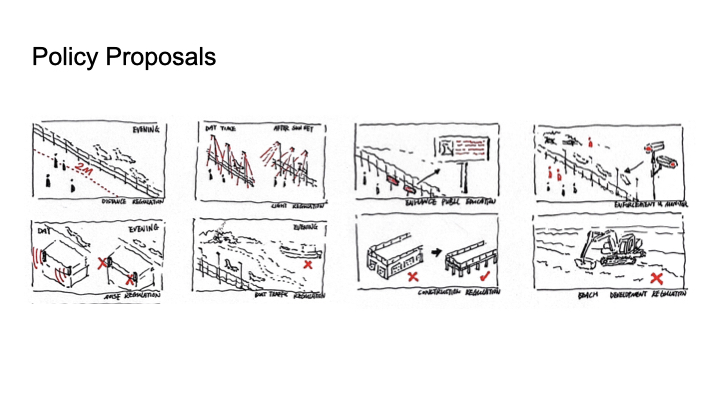



Probe 1: “Playa Interactiva”
Playa Interactiva focuses on the sea wall along San Cristóbal’s commercial waterfront. Constructed to protect against waves, the sea wall has inadvertently destroyed the original beaches that once provided habitat for more than a hundred sea lions. In 2023, this disruption forced the sea lions into overcrowded conditions at the designated “sea lion refuge” (title image). Playa Interactiva envisions a system of fragmented, shared platforms that partially restore the beach’s spatial characteristics while maintaining the sea wall’s protective function. The design not only facilitates interaction between humans and sea lions but also provides secluded spaces beneath the platforms where each group can retreat. This approach emphasizes coexistence by reimagining urban infrastructure as a shared habitat.

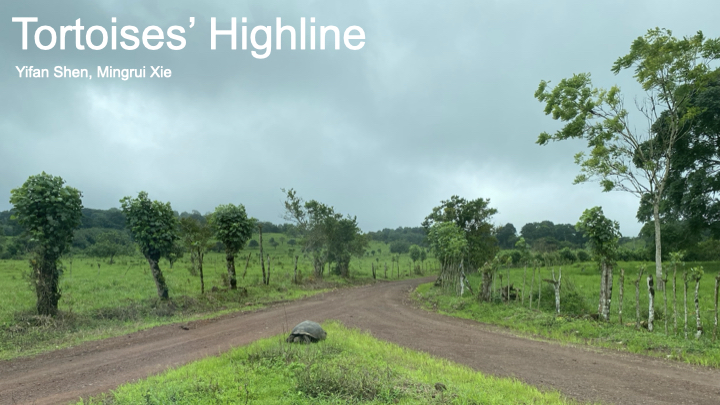




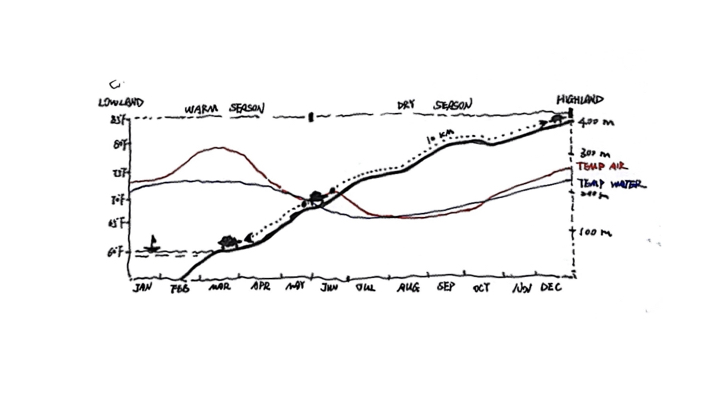

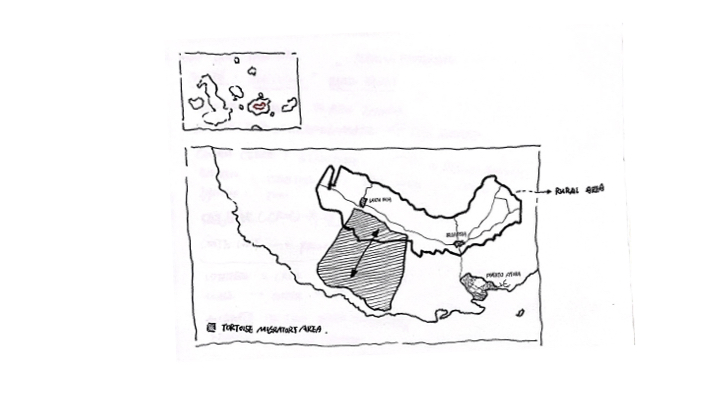
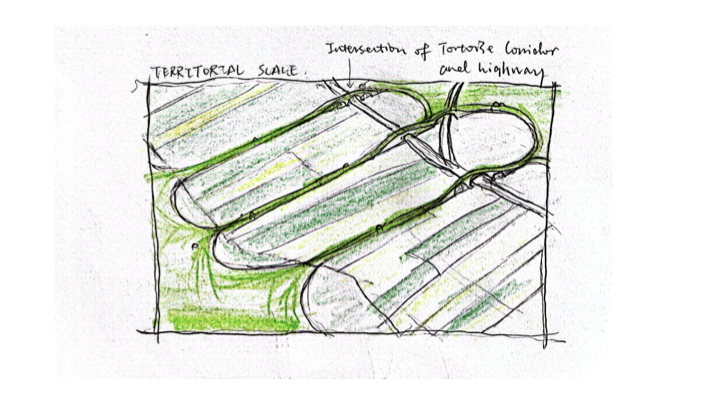
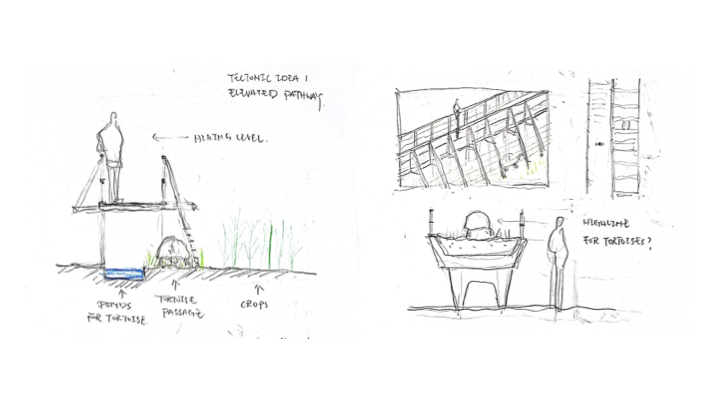
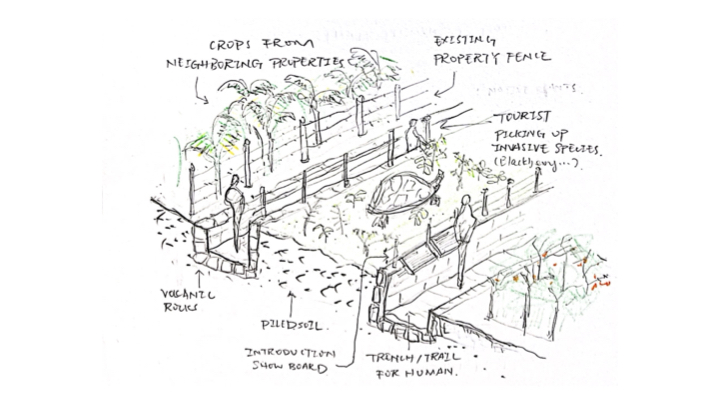
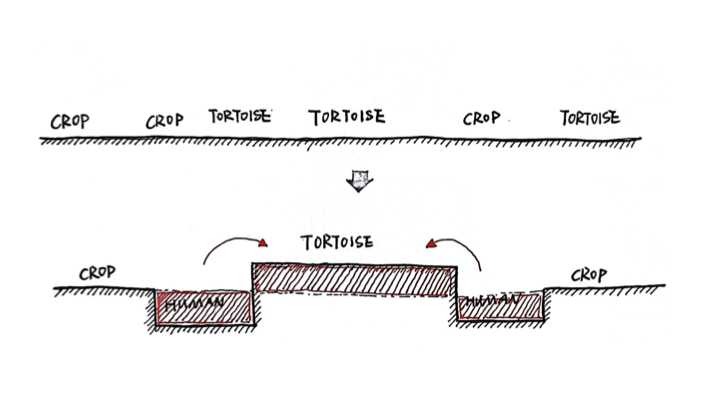

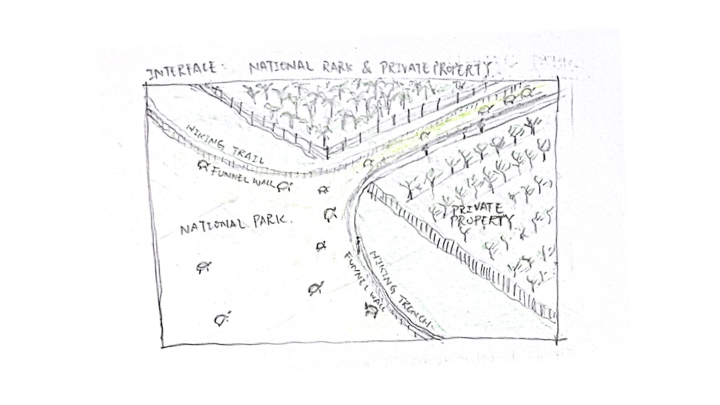

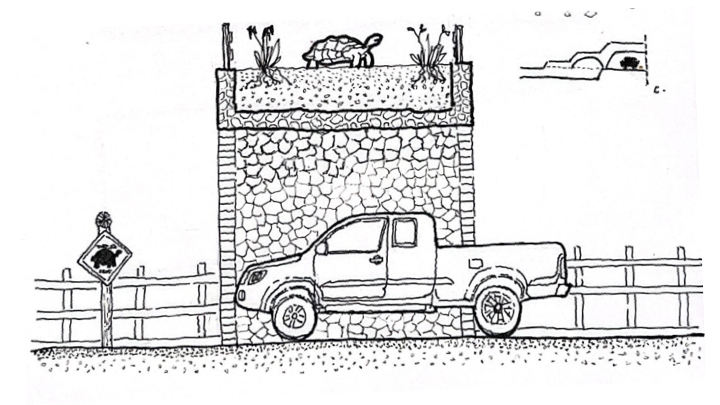
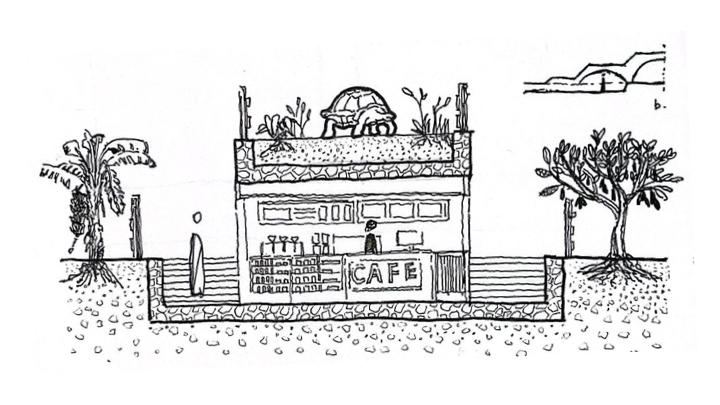

Probe 2: “The Tortoises’ Highline”
Tortoises’ Highline addresses the conflict between farmers and Santa Cruz’s iconic giant tortoises. Seasonal migration routes critical to the tortoises’ survival have been obstructed by fences erected to protect farmland. These barriers exacerbate tensions as the tortoises’ attempts to bypass them often result in damage to crops. Tortoises’ Highline proposes a solution that integrates conservation and economic benefits. The design features narrow buffer zones along property lines, allowing the tortoises to pass through unimpeded. Elevated pathways serve as hiking trails for tourists, enabling respectful observation of the tortoises while creating economic incentives for farmers to adopt the system. By aligning ecological preservation with local livelihoods, the Highline fosters a sustainable coexistence between agriculture and wildlife.




